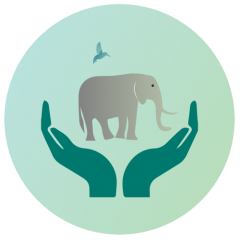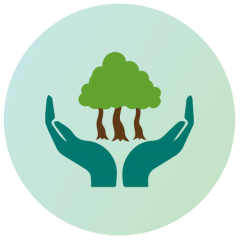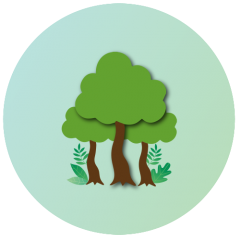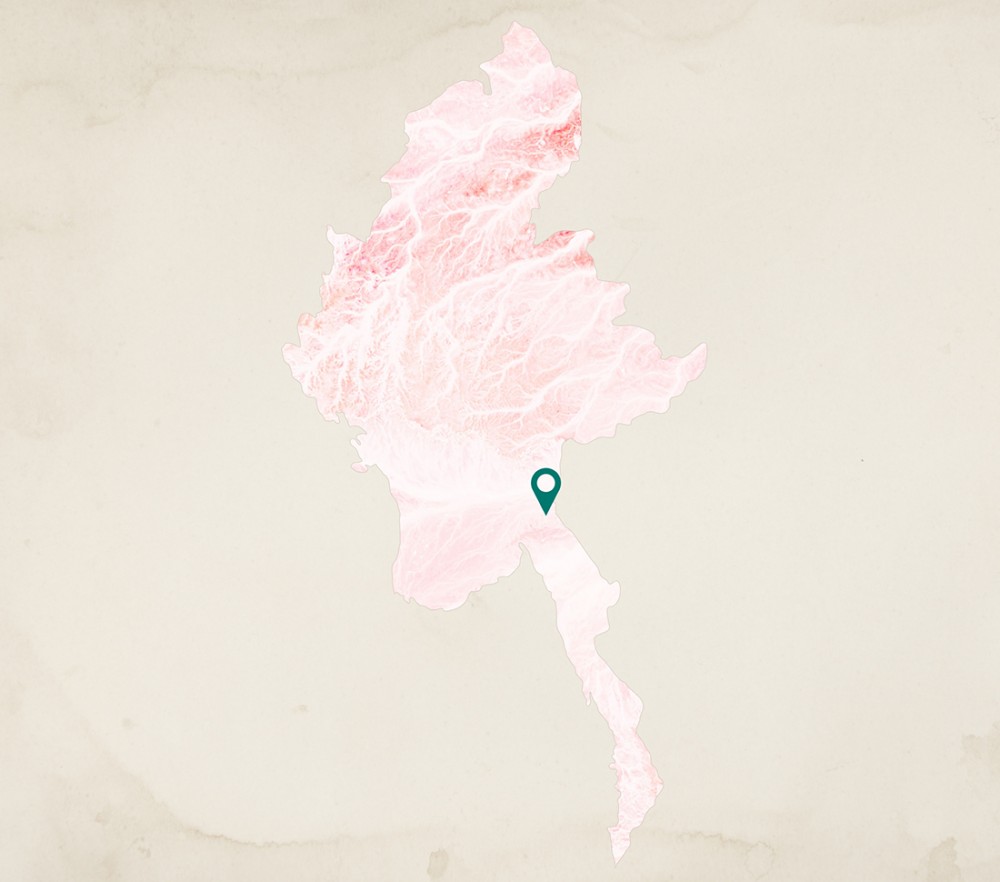
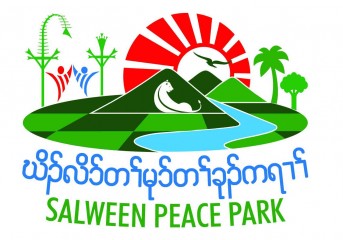
Salween Peace Park
Background
80% of the world’s remaining biodiversity is in indigenous areas, and Salween River basin is no exception. In addition, protected areas in Myanmar often lack human and financial resources. Thus, the role of ethnic people is key in preserving biodiversity.
The project
The Salween Peace Park is part of a global movement of indigenous groups. The founders of the Park argue for sustainable alternatives to megadams, mining, and top-down governance. They propose small hydropower and solar systems, ecotourism, agroforestry, and organic farming managed around the “Kaw,” a territory with its own system that integrates sustainable livelihoods, nature protection, and democratic governance. It is hoped that Salween Peace Park will be a model for other ethnic communities to follow and that it could eventually be incorporated into the federal union.
About the organization
The Park was officially established by Karen communities on December 18, 2019, and covers almost 550,000 hectares. It includes 168 Kaws, 34 community forests, 8 reserved forests, and 3 wildlife sanctuaries.
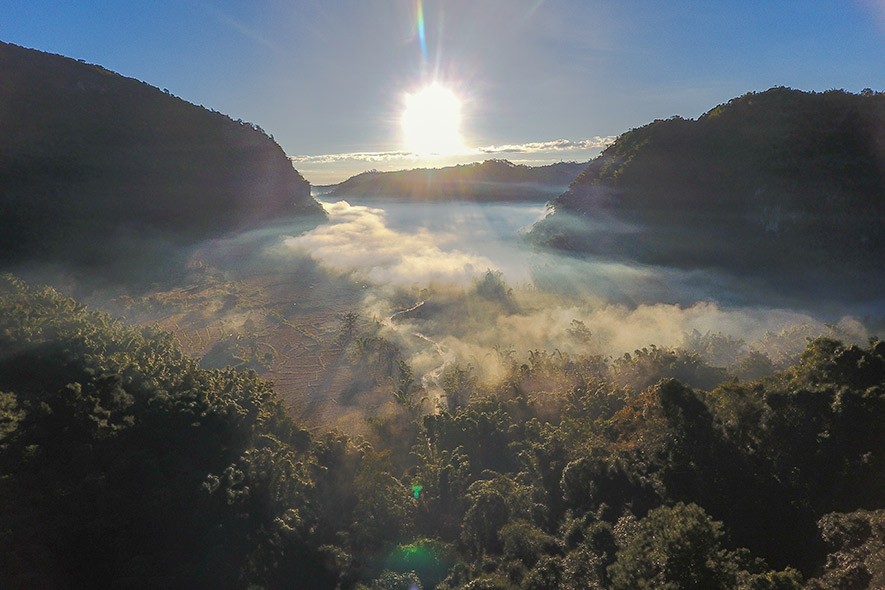
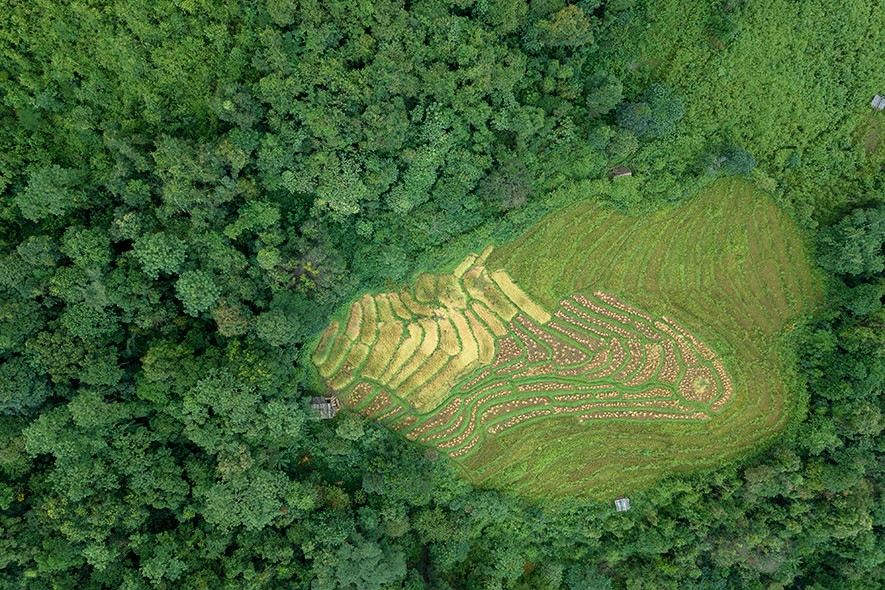
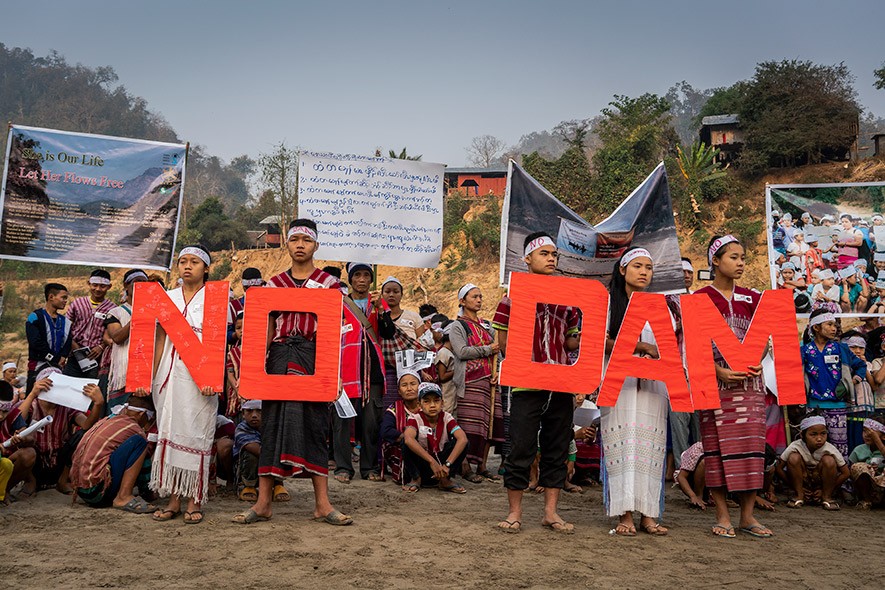
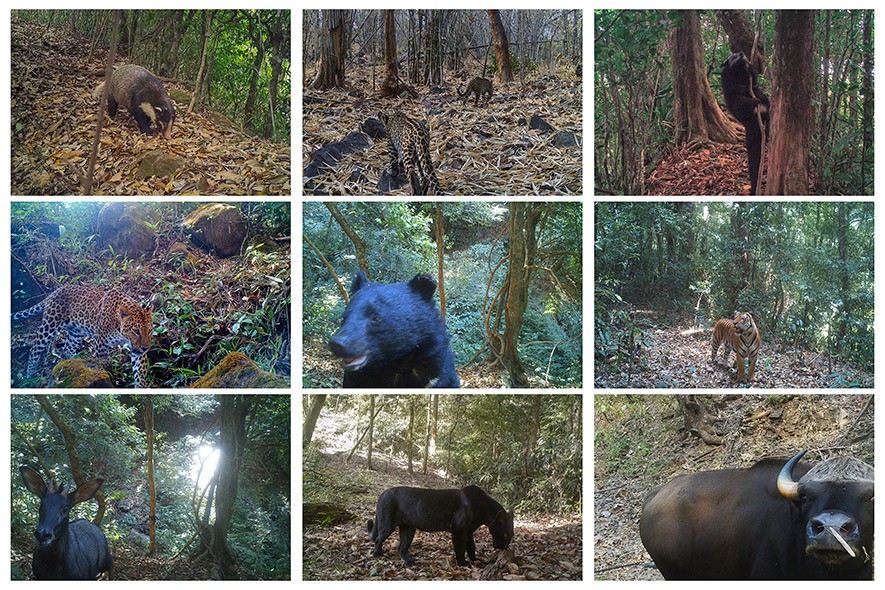
Implementing partners
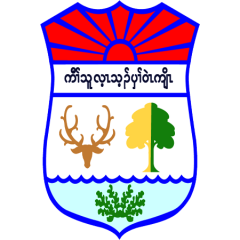
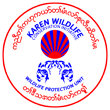
Waste management in rural Myanmar
Initiating waste collection and behavior change in rural Myanmar


